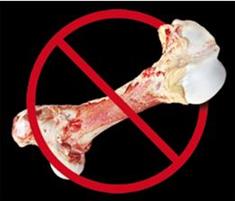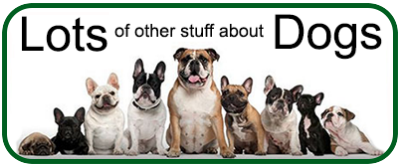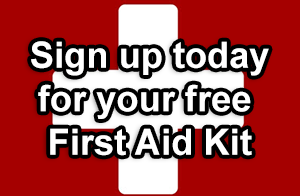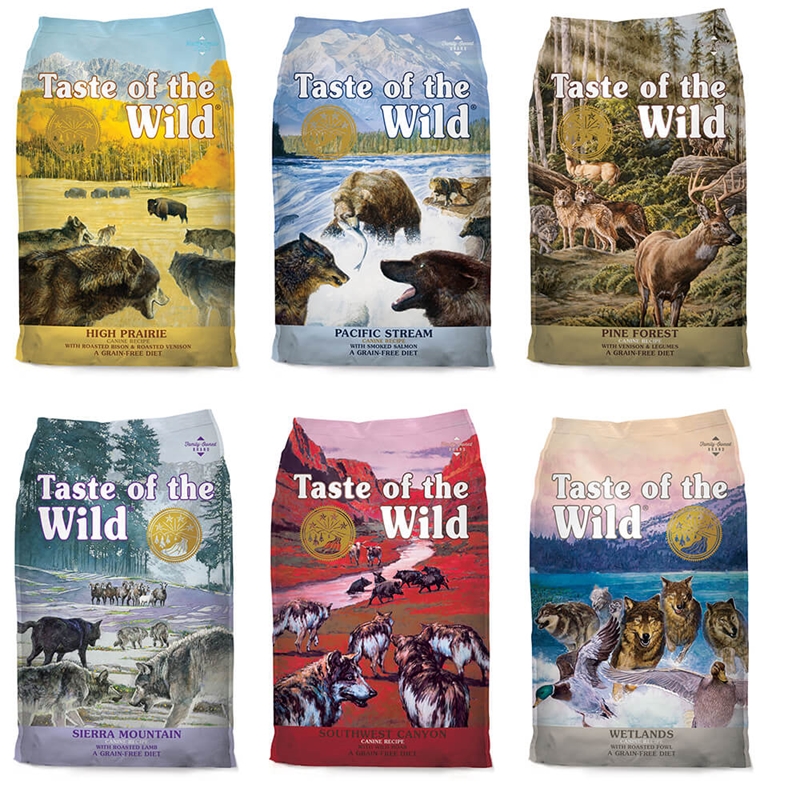Caution, cooked or large weight bearing bones can kill your dog!
Find out which bones ones are safe
The FDA warns that our time-honored tradition of giving our dogs these bones could be dangerous and even deadly
Dr. Carmela Stamper, a vet from the FDA's Center for Veterinary Medicine says "bones are unsafe no matter what their size. Giving your dog a bone may make your pet a candidate for a trip to your vet, with the possibility of emergency surgery, or even death".
The FDA doesn't make clear whether their warning extends to all bones, cooked or raw, so I have assumed for purposes of the information below they are referring to:
Dangers of cooked bones
The cooking process removes the nutritional content from bones, and makes them hard and brittle, thus increasing the likelihood they may splinter and cause internal injury to your dog.
In the FDA April 2010 consumer update, titled "No bones about it - bones are unsafe for your dog" they list the following risks associated with giving your dog a cooked bone to chew:
- Broken teeth. This may call for expensive veterinary dentistry.
- Mouth or tongue injuries. These can be very bloody and messy and may require a trip to see your vet.
- A bone gets looped around your dog's lower jaw. This can be frightening or painful for your dog and potentially costly to you, as it usually means a trip to see your vet.
- A Bone gets stuck in your dog's esophagus, the tube that food travels through to reach the stomach. Your dog may gag, trying to bring the bone back up, and will need to see your vet.
- A Bone gets stuck in his windpipe. This may happen if your dog accidentally inhales a small enough piece of bone. This is an emergency because your dog will have trouble breathing. Get your pet to your vet immediately!
- A Bone gets stuck in his stomach. It went down just fine, but the bone may be too big to pass out of his stomach and into the intestines. Depending on the bone's size, your dog may need surgery or upper gastrointestinal endoscopy, an expensive procedure in which your vet uses a long tube with a built-in camera and grabbing tools to try to remove the stuck bone from his stomach.
- A Bone gets stuck in his intestines and causes a blockage. It may be time for surgery.
- Constipation due to bone fragments. Your dog may have a hard time passing the bone fragments because they're very sharp and they scrape the inside of the large intestine or rectum as they move along. This causes severe pain and may require a visit to your vet. Bones also contain a lot of calcium, which is very firming to a dog's stool.
- Severe bleeding from the rectum. This is very messy and can be dangerous. It's time for a trip to see your vet.
- Peritonitis. This nasty, difficult-to-treat bacterial infection of the abdomen is caused when bone fragments poke holes in your dog's stomach or intestines. Your dog needs an emergency visit to your vet because peritonitis can kill it.
Dangers of raw weight bearing bones from large herbivores, e.g. cows and horses

Do not feed your dog with big weight-bearing bones from large herbivores.
These kind of bones are well-known triggers for chipping and cracking dogs' teeth and include the ever popular "recreational bones" like cow femurs and soup bones. They are incredibly dense and hard, and can result in slab fractures and cracked carnassial teeth (upper premolars and first molars that dogs use to tear at flesh and bones). Avoid them and stick to meaty bones that are easily edible.
Are any type of bones safe for my dog? - the answer is yes . . .
Your dog's ancestors and counterparts in the wild have been eating raw bones for thousands of years and no harm has come to them. Raw bones (the smaller, non weight bearing ones - not those bloody big dinasaurs-size you see in the butchers) are a surprisingly well-balanced food for dogs. These smaller bones are completely digestible and are not at all dangerous for your dog to eat.
Canines in their natural habitat hunt and eat their prey, including the meat, bones and stomach contents. In fact, all puppies have a biological requirement for the nutrients found in bone marrow and the bones themselves.
Adult canids in the wild rely on bones from their from prey as a major source of calcium and phosphorus for the maintenance of their own skeletons.
What kind of bones are safe for my dog?
The safest bones for your dog are soft meaty bones, such as:
- Chicken necks, wings and carcasses (but watch these, see below).
- Beef brisket bones.
- Human grade, meaty goat and sheep carcasses, which have been sawn into small edible and chewable pieces especially for domestic pet consumption.
Caution - use common sense when feeding your dog raw bones
Dogs love to chew raw bones for their yummy taste, and the mental stimulation derived from doing so. Mother Nature planned it this way because all the gnawing and chewing they do exercises their jaw muscles and at the same time keeps their gums and teeth healthy.
- Feed appropriately sized pieces, e.g. don't feed a dog the size of a Rottweiler a little chicken neck or wing! Feed large dogs a whole chicken - bigger pieces force a dog to slow down and chew.
- Stay away from cut bones, these includes things like cut up neck bones (where they are cut into individual vertebrae), cut ox-tail bones, and cut knuckle bones. Smaller portions encourage inappropriate gulping, not to mention the rather sharp edges left over from the saw blade!
- Feed raw meaty bones frozen or partially frozen, this has the effect of making your dog work at it much harder and he will be forced to slow down.
- Don't feed bare bones or bones that have hardly any meat on them. Too much bone can lead to constipation, so feeding very bony parts like beef knuckle bones, chicken wings, and even some rib bones can result in some very hard "concrete-like" poops. If you do feed a bony meal like whole neck bones or a slab of beef ribs, supplement with some raw "meaty meat" on the side to compensate for the high bone content.
For tips on how to encourage picky dogs to start eating raw bones as part of their daily diet, and more information on the oral benefits of feeding raw bones to your dog to maintain healthy gums and teeth, please go to All your dog's diet problems answered in one place.
If you enjoyed this Tip please "Like" and "Share" this link and leave us a Comment
This article and information forms part of the Carole's Doggie World Holistic Library and is presented for informational purposes only.The information is not intended to be a substitute for visits to your local vet. Instead, the content offers the reader information researched and written by Carole Curtis for www.carolesdoggieworld.com







